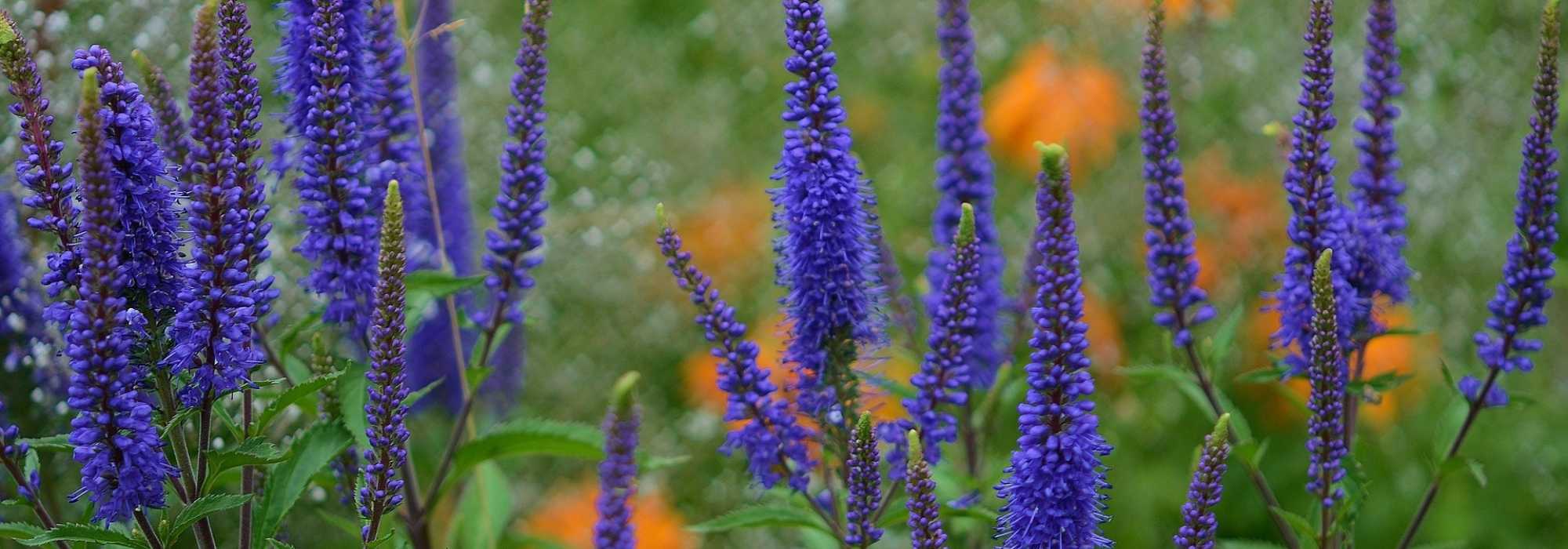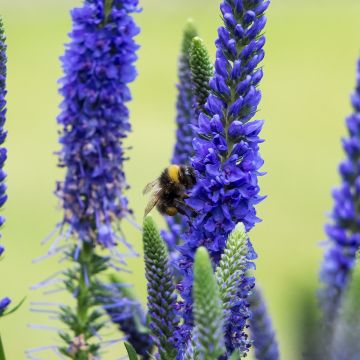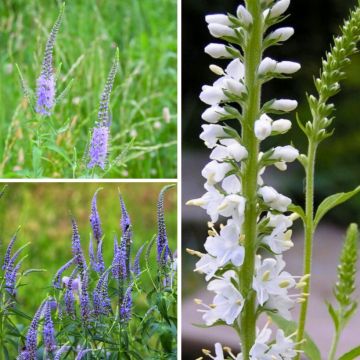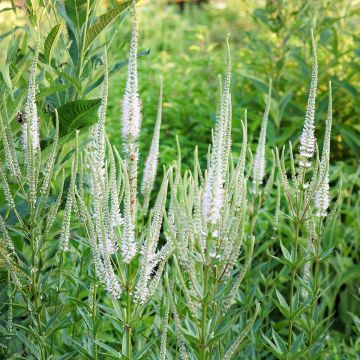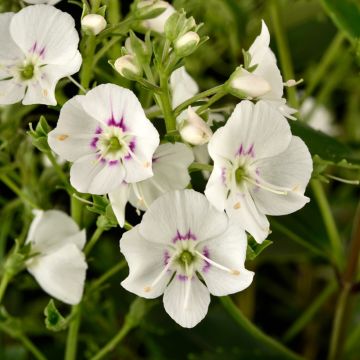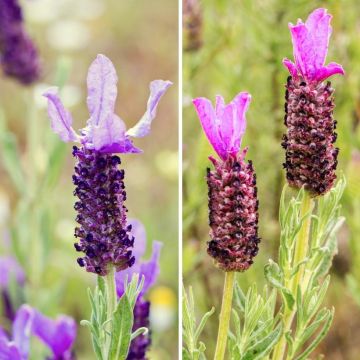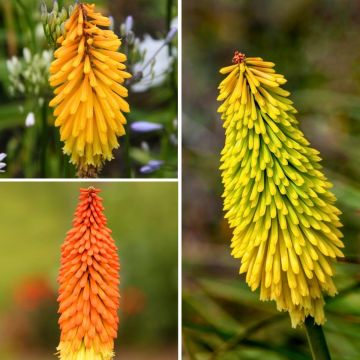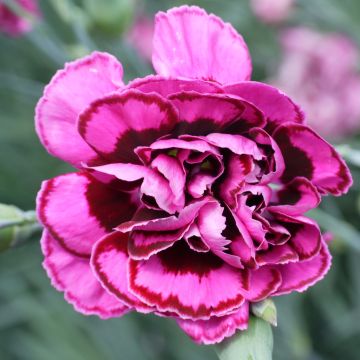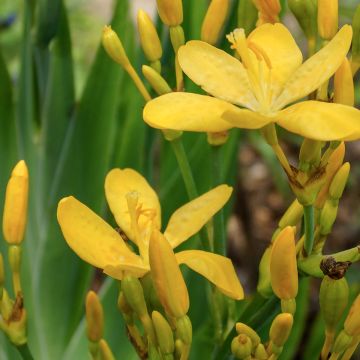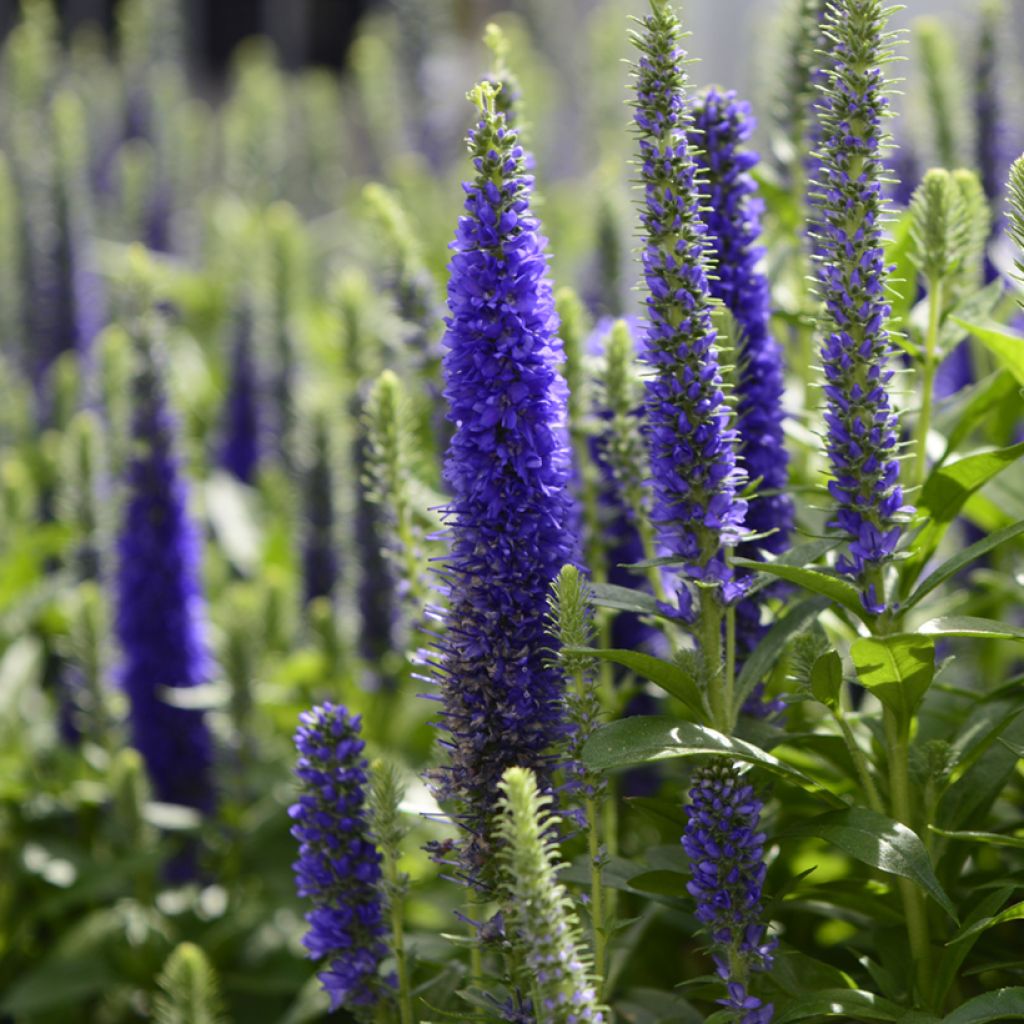

Veronica Royal Candles
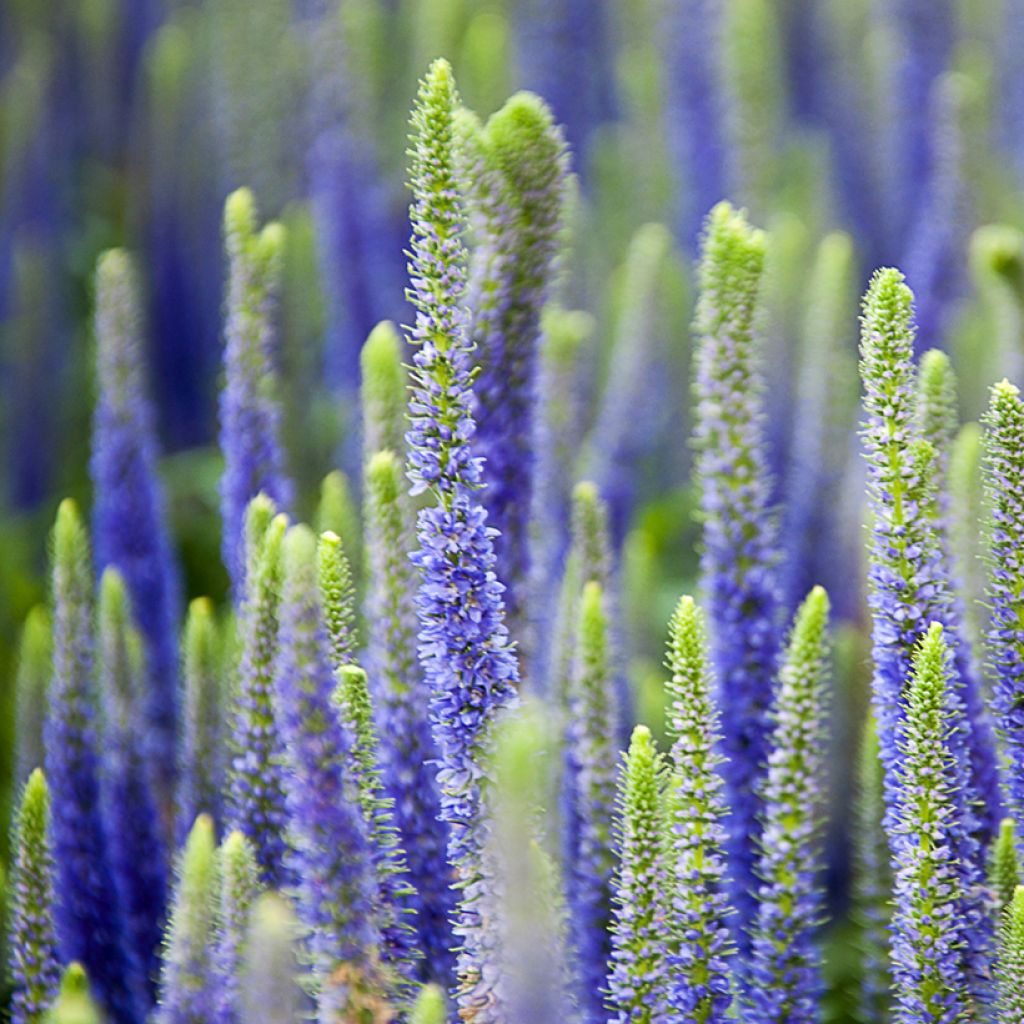

Veronica Royal Candles


Veronica Royal Candles
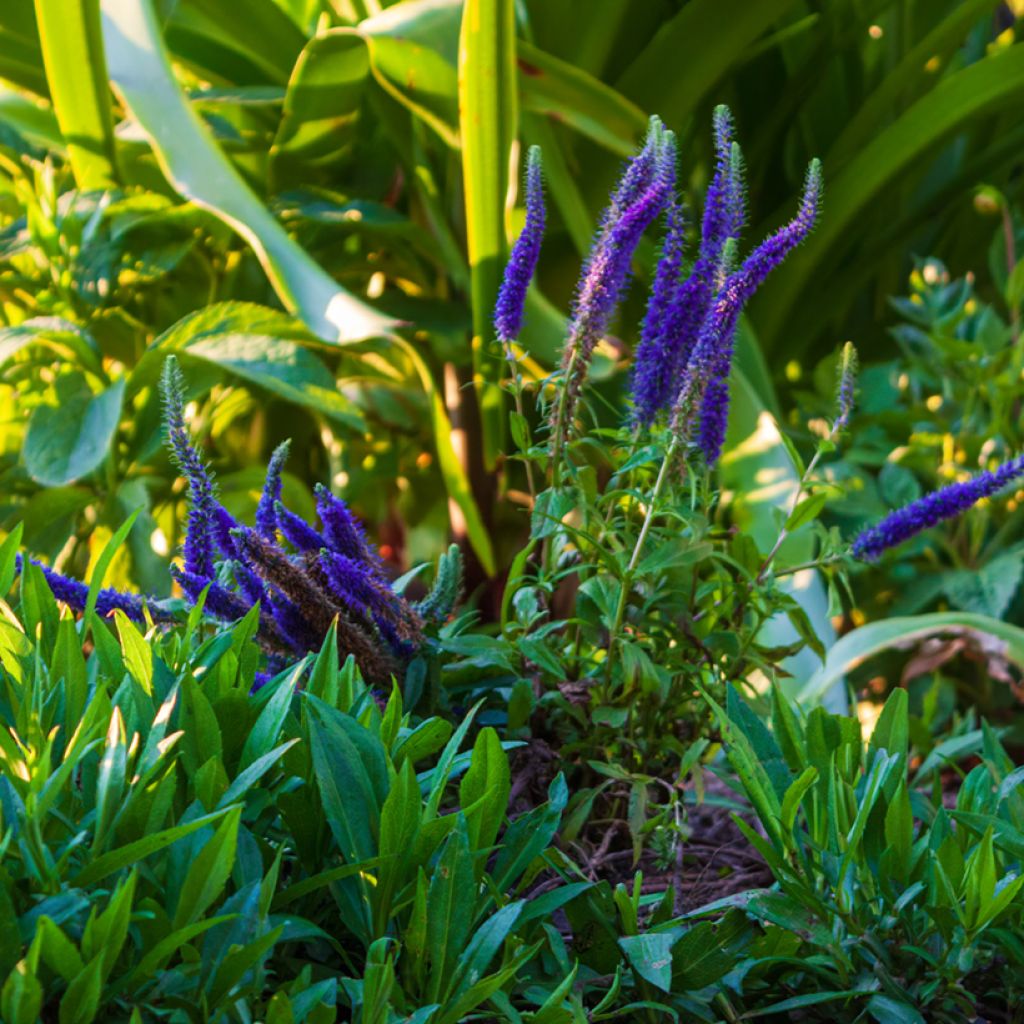

Veronica Royal Candles
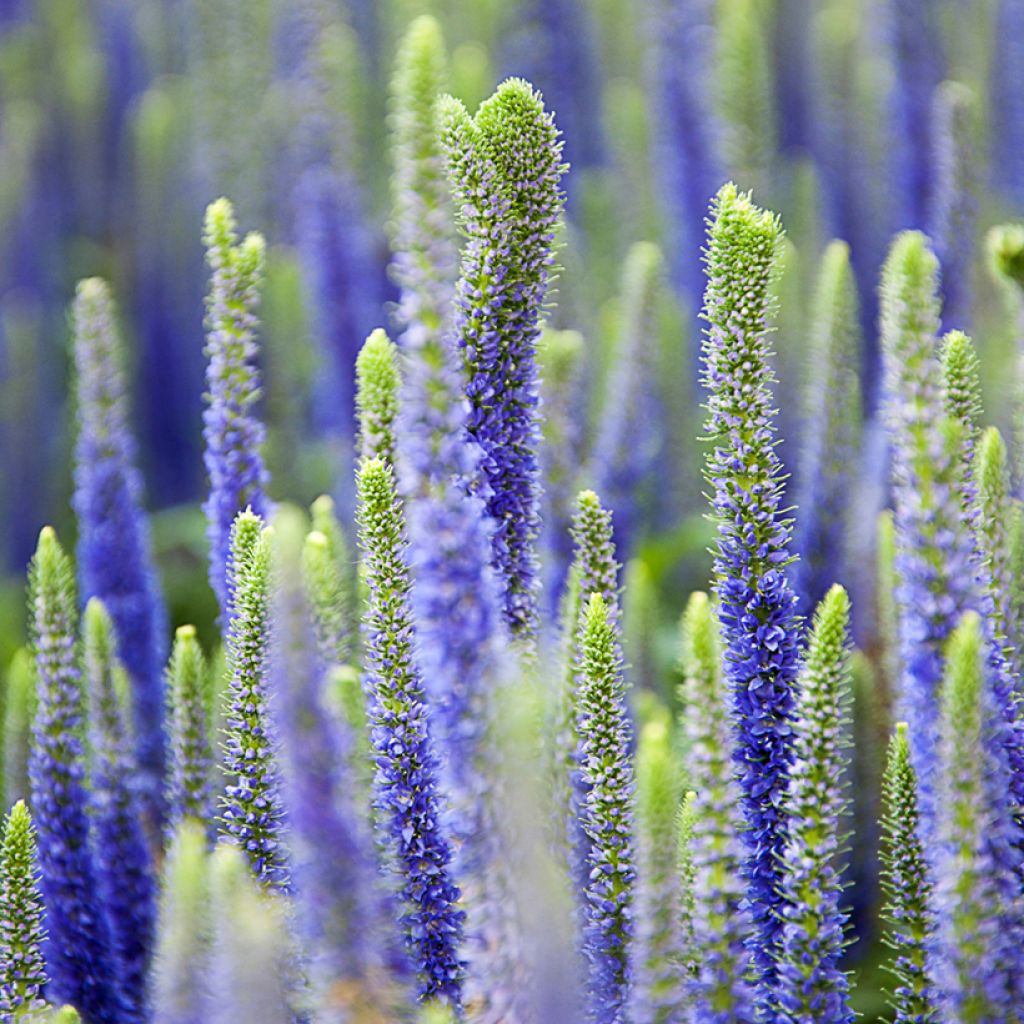

Veronica Royal Candles
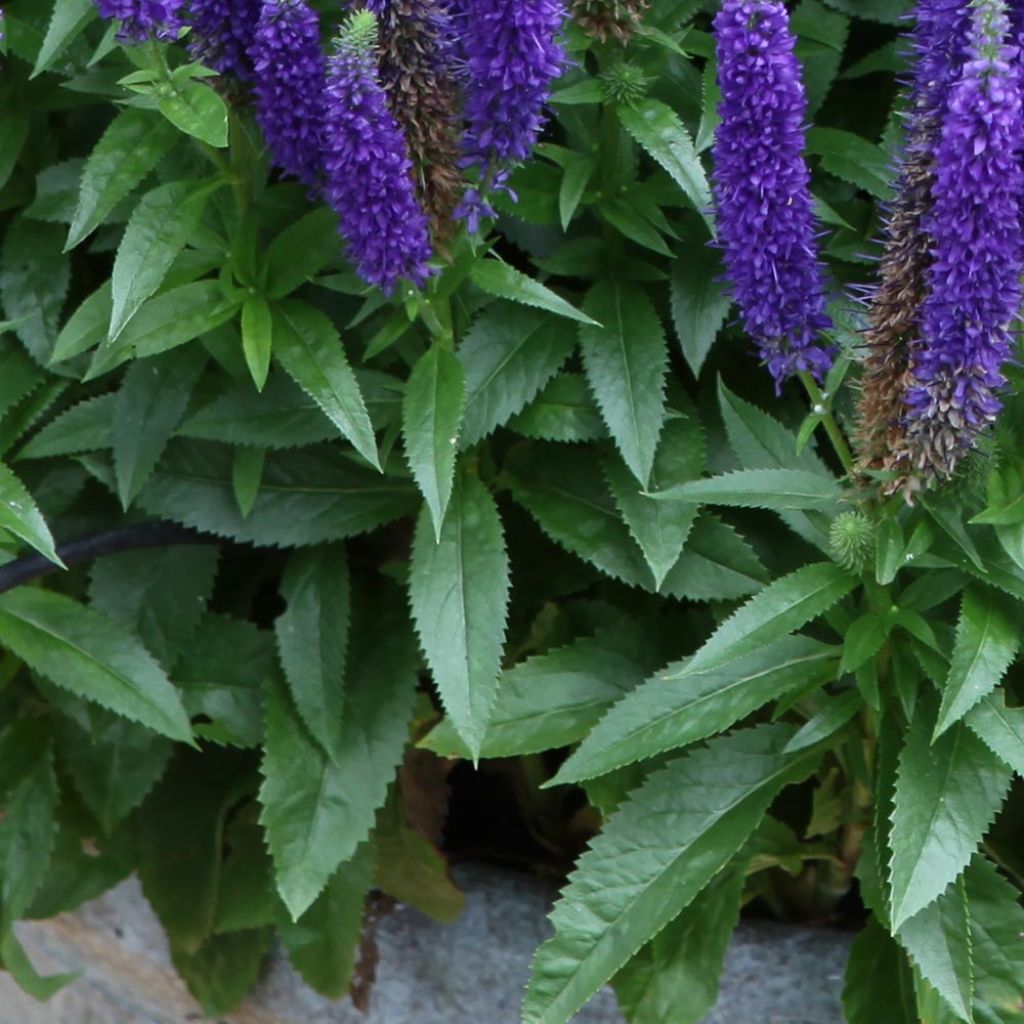

Veronica Royal Candles
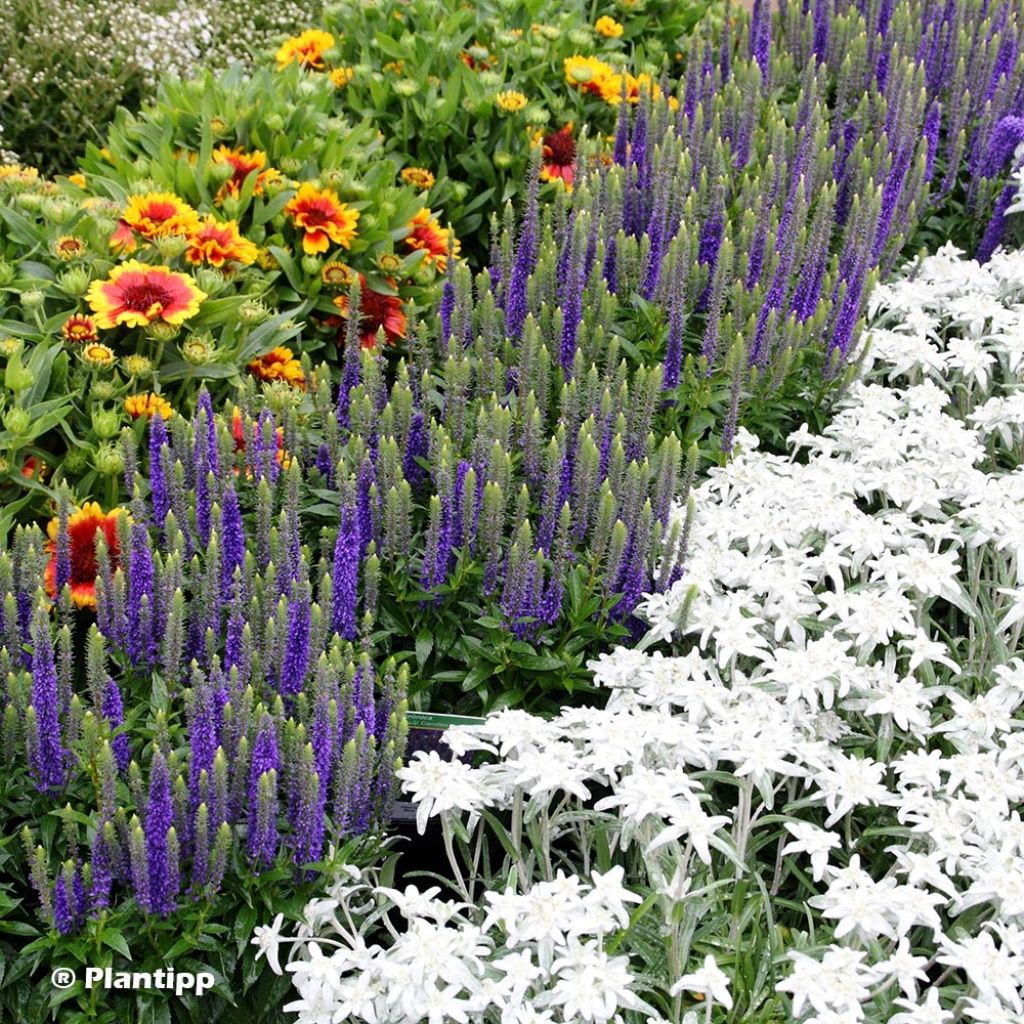

Veronica Royal Candles
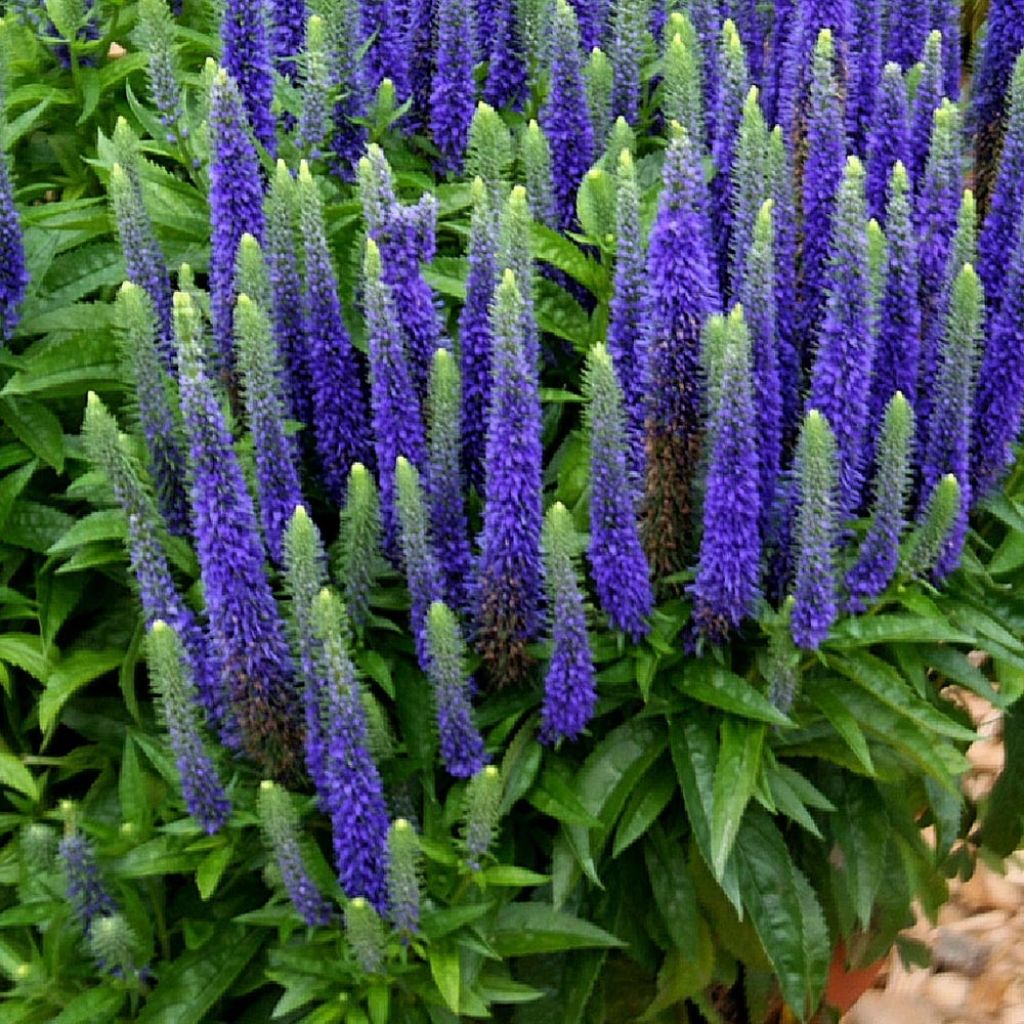

Veronica Royal Candles
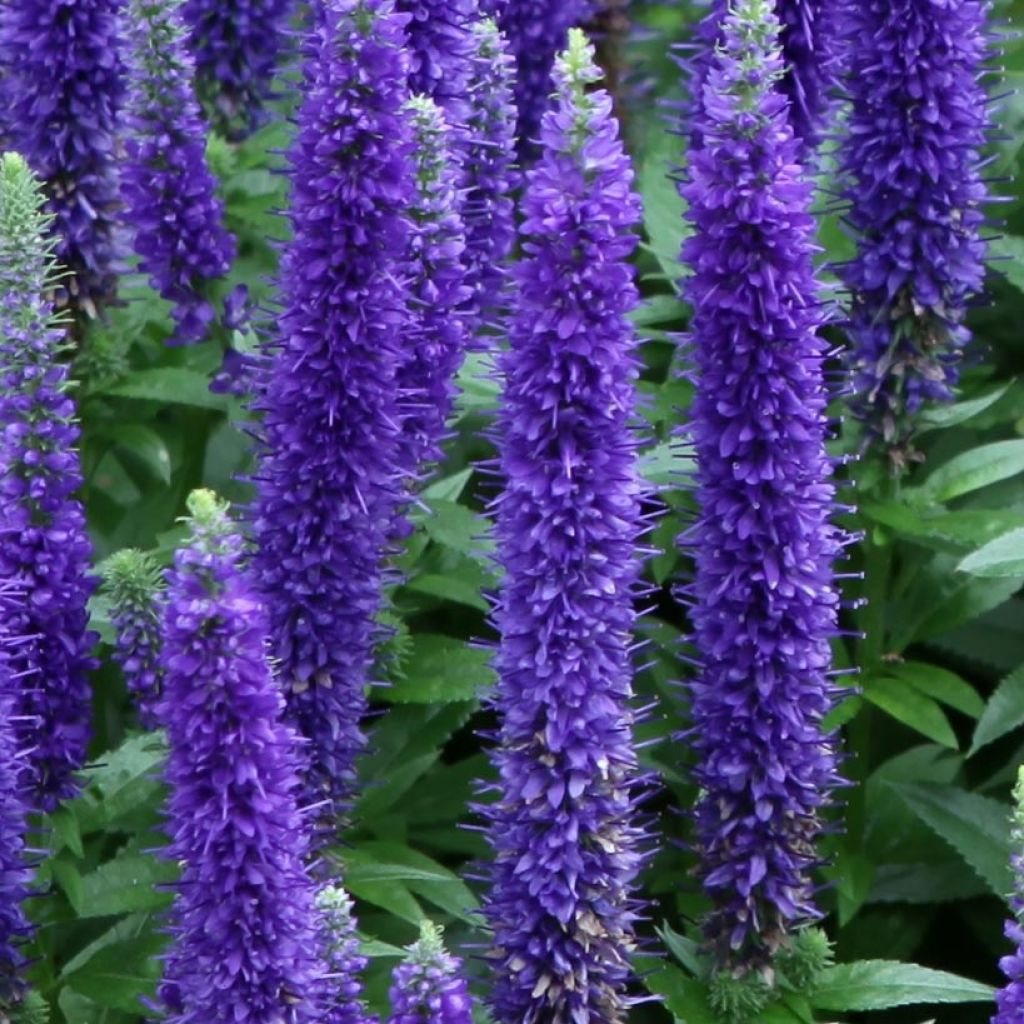

Veronica Royal Candles
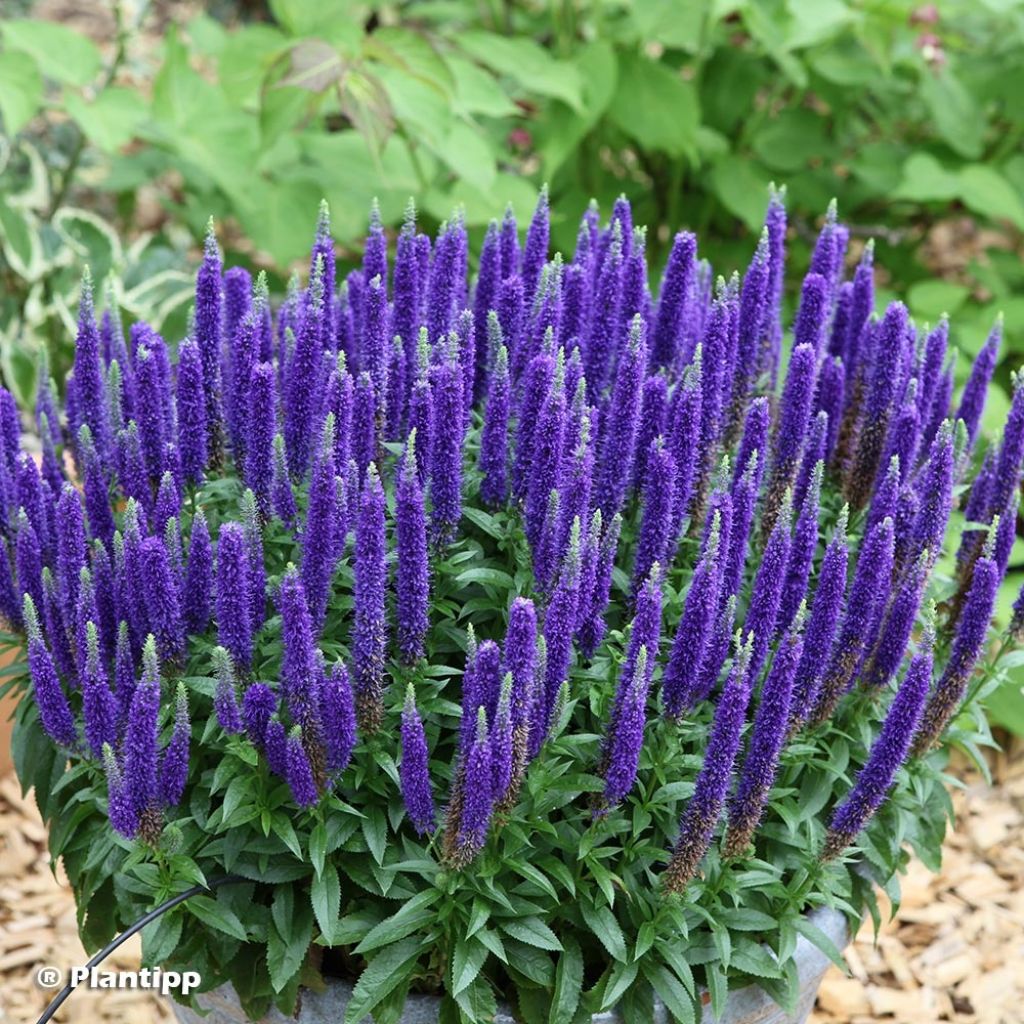

Veronica Royal Candles
Veronica Royal Candles
Veronica spicata Royal Candles 'Glory'
Spiked Speedwell
beautiful young plants, they have already found their place in my garden,
claudine, 25/05/2025
Special offer!
Receive a €20 voucher for any order over €90 (excluding delivery costs, credit notes, and plastic-free options)!
1- Add your favorite plants to your cart.
2- Once you have reached €90, confirm your order (you can even choose the delivery date!).
3- As soon as your order is shipped, you will receive an email containing your voucher code, valid for 3 months (90 days).
Your voucher is unique and can only be used once, for any order with a minimum value of €20, excluding delivery costs.
Can be combined with other current offers, non-divisible and non-refundable.
Home or relay delivery (depending on size and destination)
Schedule delivery date,
and select date in basket
This plant carries a 12 months recovery warranty
More information
We guarantee the quality of our plants for a full growing cycle, and will replace at our expense any plant that fails to recover under normal climatic and planting conditions.
Would this plant suit my garden?
Set up your Plantfit profile →
Description
Veronica spicata Royal Candles is a variety of hybrid Veronica that stands out for its compact habit and sculptural, brightly coloured long-lasting summer flowering. Its dense, stout spikes are adorned with tiny, deep blue flowers, rising above abundant dark green foliage that spreads thanks to a strong creeping rootstock. This lovely perennial forms a highly flowered mass covered in butterflies in borders, rockeries or flowering pots. It is very hardy and thrives in any well-drained to dry garden soil, in full sun. Its flowers are perfect for bouquets.
Veronica Royal Candles, also known as Veronica spicata Royal Candles, belongs to the Plantaginaceae family, formerly classified in the Scrophulariaceae family. It is a variety derived from Veronica spicata or spiked speedwell. This perennial plant mainly grows in the mountains, up to 2000 metres (6562 feet) above sea level, and less commonly in plains. It can be found in meadows, dry grasslands, rocky slopes and at the edge of forests, mostly on limestone soil.
Royal Candles has dense and vigorous vegetation, reaching 30 to 45 cm (12 to 18in) high for the foliage, 60 cm (24in) when in flower, spreading over a diameter of 50 cm (20in) from its strong semi-woody rootstock. Its hairy stems are branched towards the top and bear deciduous to semi-evergreen, ovate to linear leaves, with finely toothed edges. In summer, from June to August and sometimes until September, it produces tiny star-shaped flowers at the top of the floral stems tightly packed on dense and erect spikes which are green at the top. These flowers are attractive to bees and provide nectar. The plant self-seeds in the garden, in light soil.
Royal Candles spiked speedwell can be grown in any well-drained, even rocky and limestone soil, preferably in full sun. It is particularly suitable for an alpine garden with rocky soil. While it prefers some moisture at its base, it tolerates drought fairly well once established. This perennial will be very useful to dress the base of shrub roses or in a raised bed, on a slope, in a rockery, combined with echinaceas, stipas, red shrubby salvias, Californian poppies or lavenders. Its blue spikes add height and colour to a low-growing mass of ground-covering plants such as aubrietas, wall bellflowers or cerastiums. The spiked speedwell can be used as a stand-alone specimen and its flowers are also beautiful in summer bouquets.
Veronica Royal Candles in pictures
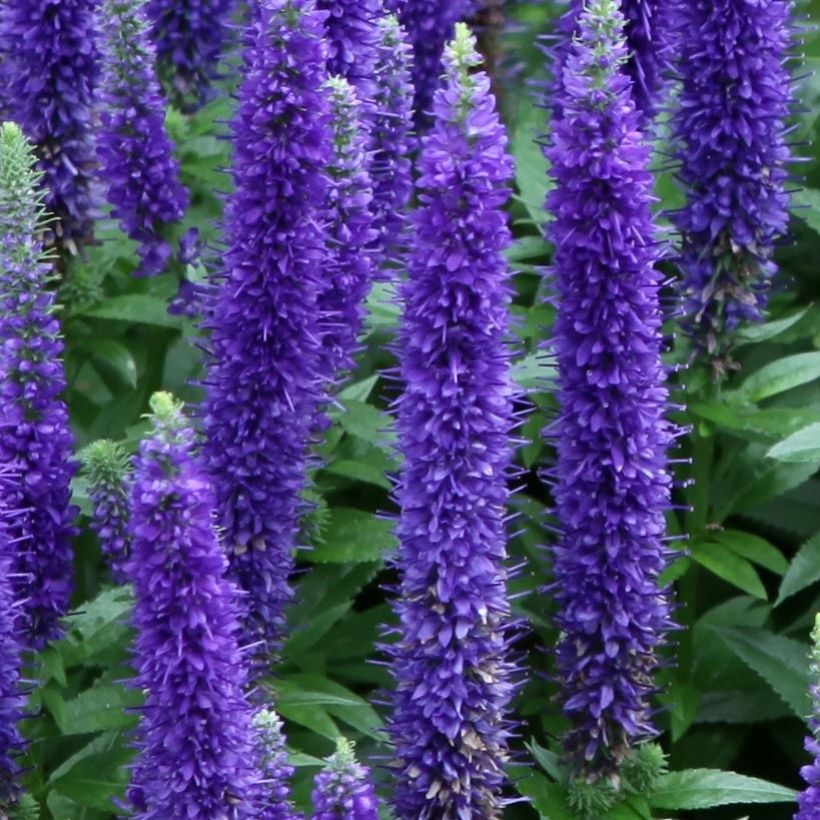

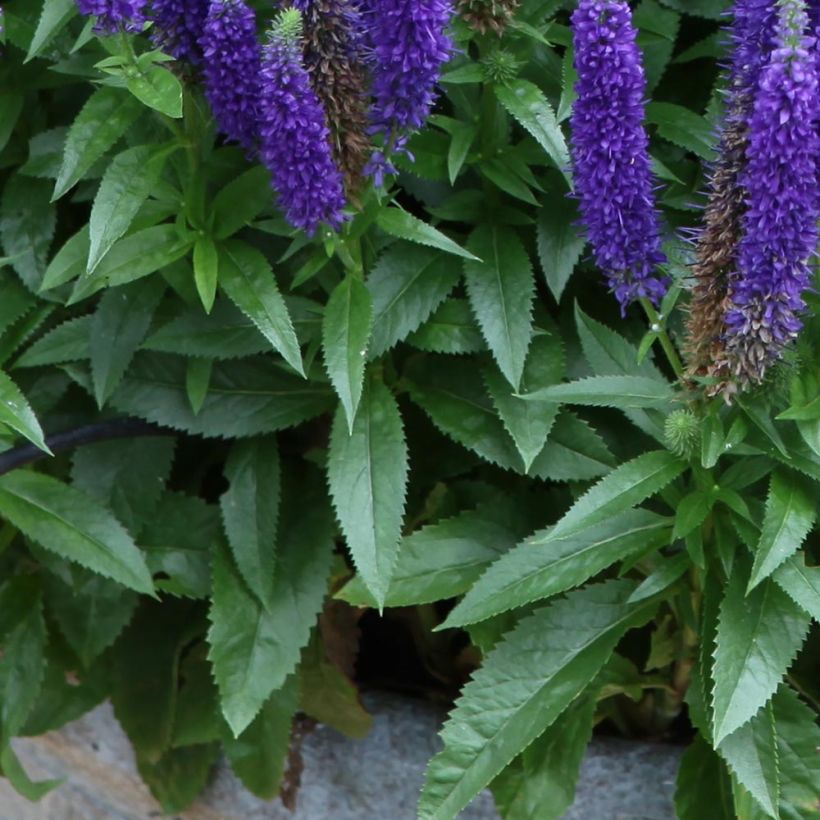

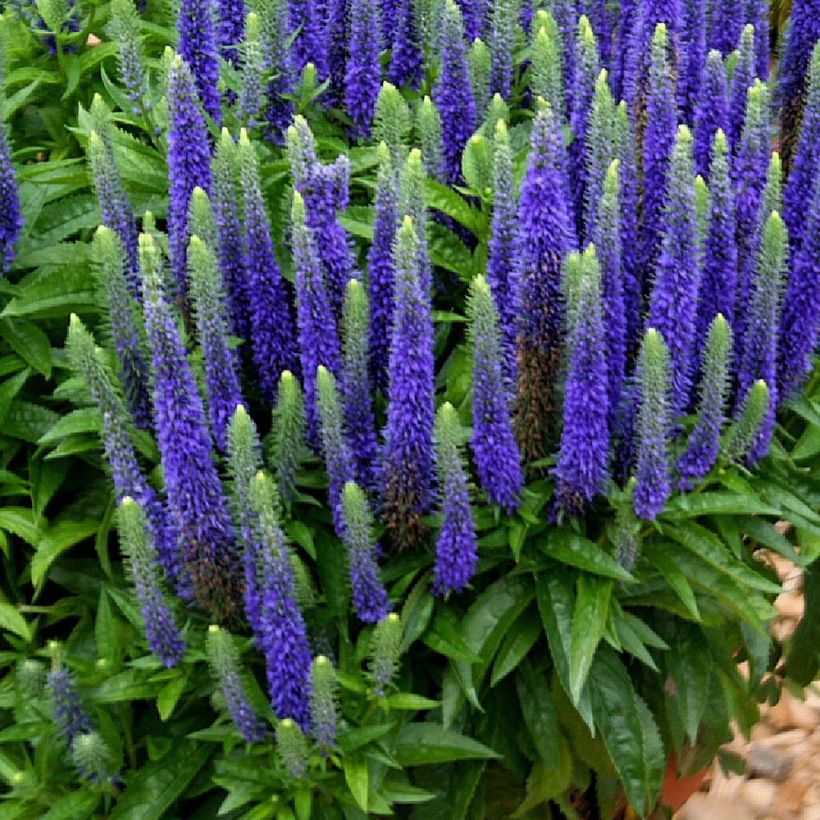

Flowering
Foliage
Plant habit
Botanical data
Veronica
spicata
Royal Candles 'Glory'
Plantaginaceae
Spiked Speedwell
Cultivar or hybrid
Other Veronica - Speedwell
View all →Planting and care
Spike speedwell is a sun-loving plant that thrives in poor soil. Its preferred habitat is limestone, dry and rocky or gravelly, well-drained soil. It hates stagnant moisture in winter more than the cold. You can cut back the unattractive, brown, faded stems to promote more flowers. You can also let some plants self-seed, but the resulting plants will not always be identical to the parent plant. In either case, the clumps should be cut back in spring before the start of new growth.
Planting period
Intended location
Care
Planting & care advice
-
, onOrder confirmed
Reply from on Promesse de fleurs
Similar products
Haven't found what you were looking for?
Hardiness is the lowest winter temperature a plant can endure without suffering serious damage or even dying. However, hardiness is affected by location (a sheltered area, such as a patio), protection (winter cover) and soil type (hardiness is improved by well-drained soil).

Photo Sharing Terms & Conditions
In order to encourage gardeners to interact and share their experiences, Promesse de fleurs offers various media enabling content to be uploaded onto its Site - in particular via the ‘Photo sharing’ module.
The User agrees to refrain from:
- Posting any content that is illegal, prejudicial, insulting, racist, inciteful to hatred, revisionist, contrary to public decency, that infringes on privacy or on the privacy rights of third parties, in particular the publicity rights of persons and goods, intellectual property rights, or the right to privacy.
- Submitting content on behalf of a third party;
- Impersonate the identity of a third party and/or publish any personal information about a third party;
In general, the User undertakes to refrain from any unethical behaviour.
All Content (in particular text, comments, files, images, photos, videos, creative works, etc.), which may be subject to property or intellectual property rights, image or other private rights, shall remain the property of the User, subject to the limited rights granted by the terms of the licence granted by Promesse de fleurs as stated below. Users are at liberty to publish or not to publish such Content on the Site, notably via the ‘Photo Sharing’ facility, and accept that this Content shall be made public and freely accessible, notably on the Internet.
Users further acknowledge, undertake to have ,and guarantee that they hold all necessary rights and permissions to publish such material on the Site, in particular with regard to the legislation in force pertaining to any privacy, property, intellectual property, image, or contractual rights, or rights of any other nature. By publishing such Content on the Site, Users acknowledge accepting full liability as publishers of the Content within the meaning of the law, and grant Promesse de fleurs, free of charge, an inclusive, worldwide licence for the said Content for the entire duration of its publication, including all reproduction, representation, up/downloading, displaying, performing, transmission, and storage rights.
Users also grant permission for their name to be linked to the Content and accept that this link may not always be made available.
By engaging in posting material, Users consent to their Content becoming automatically accessible on the Internet, in particular on other sites and/or blogs and/or web pages of the Promesse de fleurs site, including in particular social pages and the Promesse de fleurs catalogue.
Users may secure the removal of entrusted content free of charge by issuing a simple request via our contact form.
The flowering period indicated on our website applies to countries and regions located in USDA zone 8 (France, the United Kingdom, Ireland, the Netherlands, etc.)
It will vary according to where you live:
- In zones 9 to 10 (Italy, Spain, Greece, etc.), flowering will occur about 2 to 4 weeks earlier.
- In zones 6 to 7 (Germany, Poland, Slovenia, and lower mountainous regions), flowering will be delayed by 2 to 3 weeks.
- In zone 5 (Central Europe, Scandinavia), blooming will be delayed by 3 to 5 weeks.
In temperate climates, pruning of spring-flowering shrubs (forsythia, spireas, etc.) should be done just after flowering.
Pruning of summer-flowering shrubs (Indian Lilac, Perovskia, etc.) can be done in winter or spring.
In cold regions as well as with frost-sensitive plants, avoid pruning too early when severe frosts may still occur.
The planting period indicated on our website applies to countries and regions located in USDA zone 8 (France, United Kingdom, Ireland, Netherlands).
It will vary according to where you live:
- In Mediterranean zones (Marseille, Madrid, Milan, etc.), autumn and winter are the best planting periods.
- In continental zones (Strasbourg, Munich, Vienna, etc.), delay planting by 2 to 3 weeks in spring and bring it forward by 2 to 4 weeks in autumn.
- In mountainous regions (the Alps, Pyrenees, Carpathians, etc.), it is best to plant in late spring (May-June) or late summer (August-September).
The harvesting period indicated on our website applies to countries and regions in USDA zone 8 (France, England, Ireland, the Netherlands).
In colder areas (Scandinavia, Poland, Austria...) fruit and vegetable harvests are likely to be delayed by 3-4 weeks.
In warmer areas (Italy, Spain, Greece, etc.), harvesting will probably take place earlier, depending on weather conditions.
The sowing periods indicated on our website apply to countries and regions within USDA Zone 8 (France, UK, Ireland, Netherlands).
In colder areas (Scandinavia, Poland, Austria...), delay any outdoor sowing by 3-4 weeks, or sow under glass.
In warmer climes (Italy, Spain, Greece, etc.), bring outdoor sowing forward by a few weeks.






























